Moriyama & Teshima Architects are designing a new Honey Bee Research Center at the University of Guelph in Canada. Announced last fall, the team won the competition to create a new facility for the school’s Ontario Agricultural College. Aiming to be a landmark project, the center will feature mass timber construction and will be dedicated to sustainability, honey bee health and well-being.
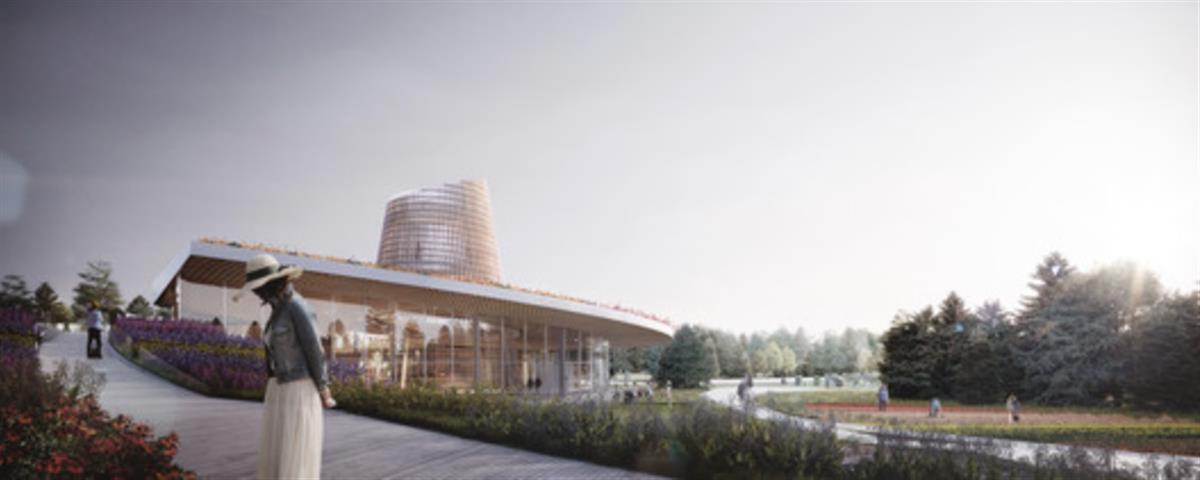
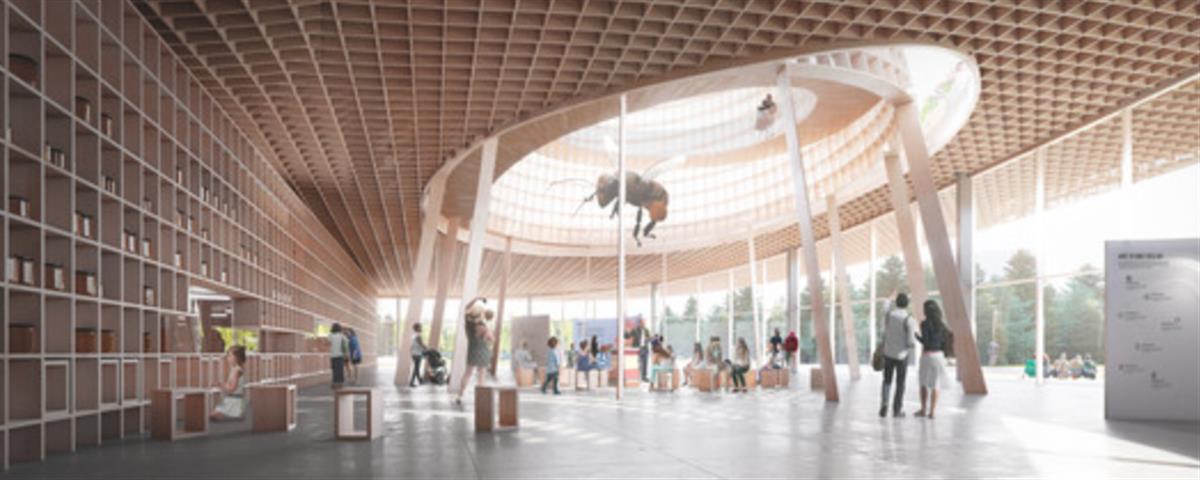
As the university states, the new center is made to be a low-carbon project that supports flexible research and education for all ages. The HBRC will welcome children, students and scholars from around the world, and will contain a large, multi-functional Discovery and Learning Space, Exhibition Area, Research & Extraction Labs, Classrooms, a Café, and Gift Shop. The mass timber structure includes a sweeping roof structure that forms the focal expression of the public space. Roof and landscape are integrated through a trail that rises and leads to the Centre’s landmark Interpretive Tower, which doubles as a solar chimney and pollinator friendly habitat.
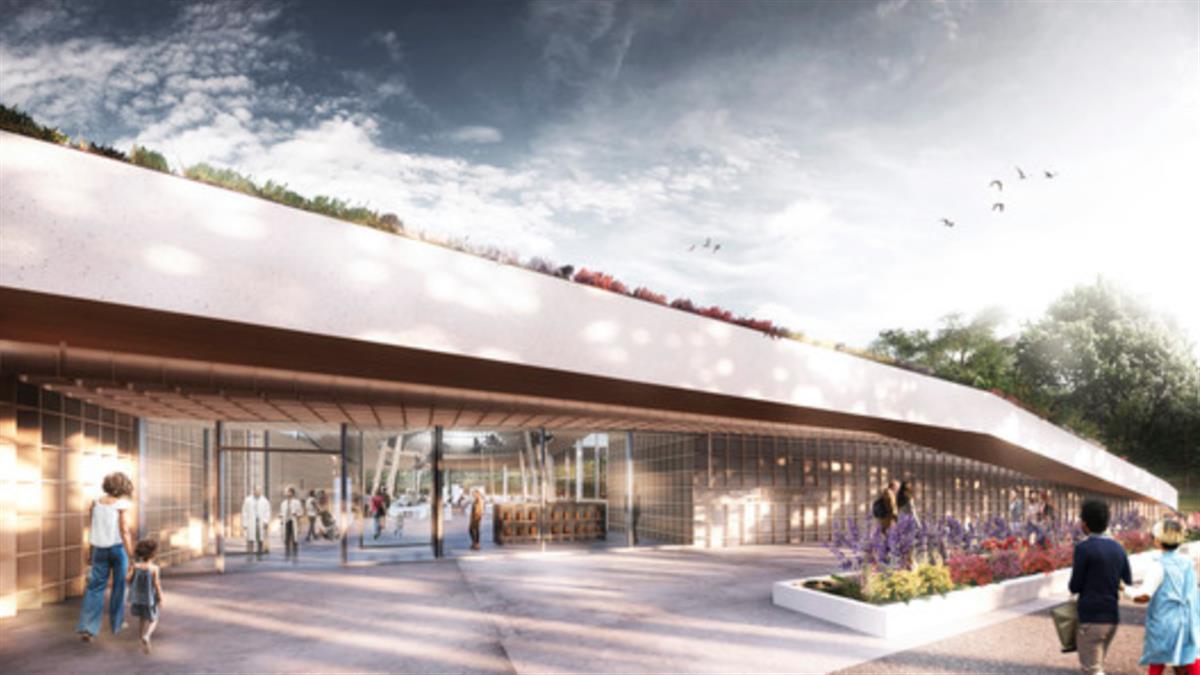
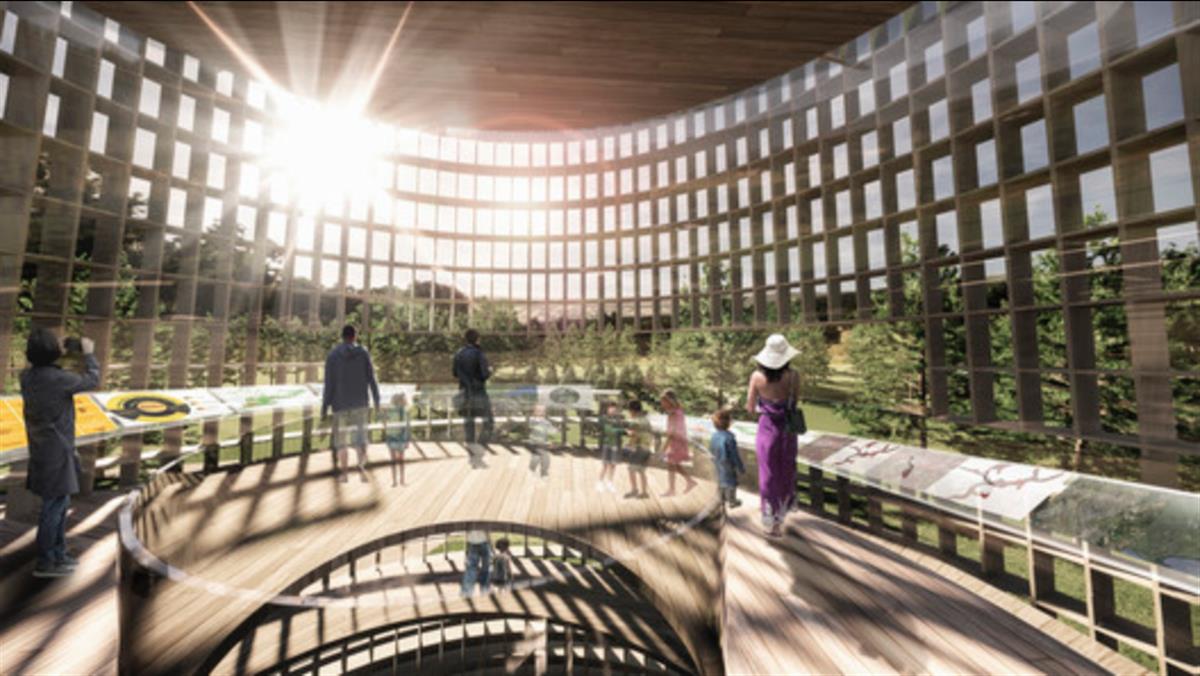
“Honey bees are among the most important insects in the world, and the University of Guelph leads the world in honey bee research and conservation,” said U of G president Franco Vaccarino. “Improving the health of bees and other pollinators is critically important, and we are well on our way to creating a world-renowned center of excellence.”
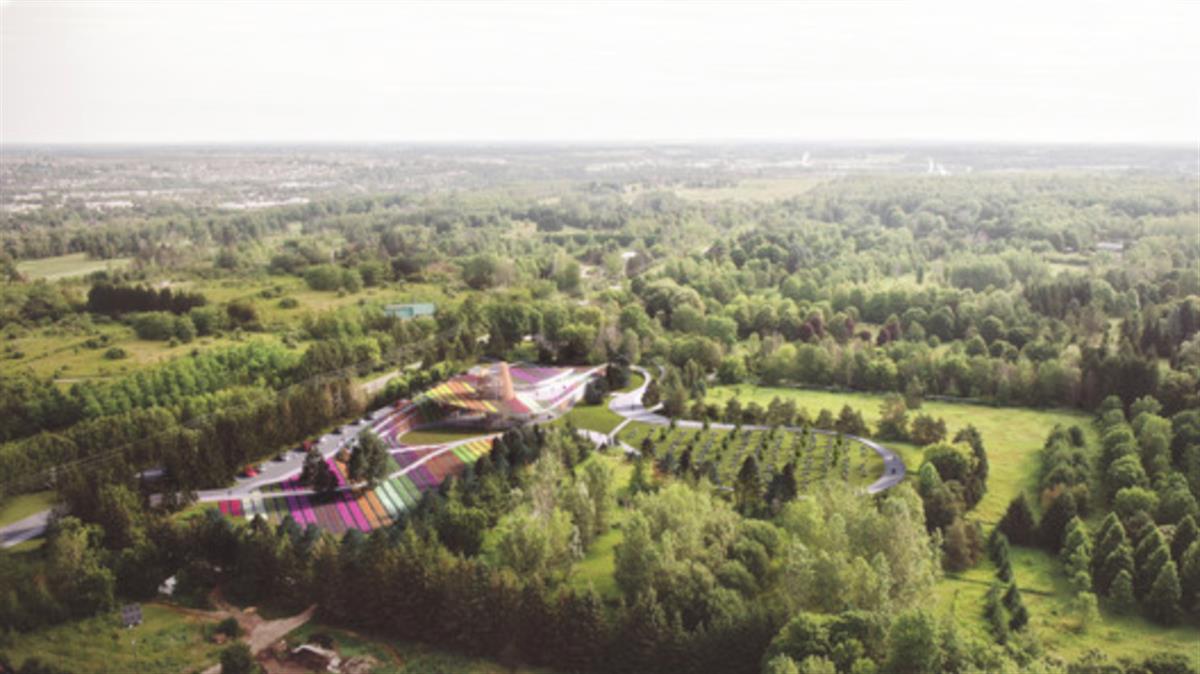
The HBRC is designed to enhance connections to both the neighboring University of Guelph campus, the surrounding natural landscape, and its existing integrated trail system. The new Center is envisioned as both a productive and social landscape that accommodates diverse programming, research, and events. Balancing the ecological functions of the site with educational programming, the grounds highlight the productivity of the land formally through cultivated agricultural plots and working hives.
News via Moriyama & Teshima Architects